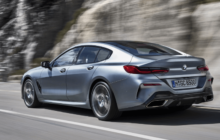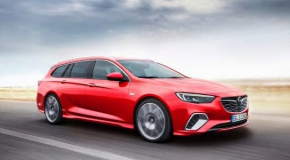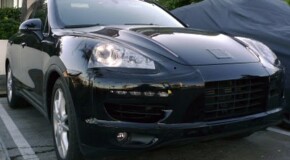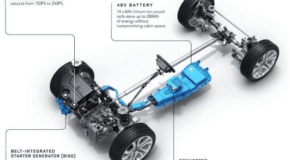The BMW M3 is a high-performance version of the BMW 3 Series , developed by BMW’s branch BMW M. M3 models have been derived from the E30, E36, E46 and E90/E92/E93 3-series, and sold with coupé, sedan and convertible body styles.
Common upgrades over the “standard” 3-Series automobiles include more powerful and responsive (yet at times smaller) engines, improved handling/suspension, more aggressive aerodynamics/body, and multiple interior/exterior accents with the tri-color “M” (Motorsport) emblem.
Based on the 1986 model year E30 3-Series, the first M3 was introduced with a 2.3 L I4 S14B23 engine (or S14 in shorthand).
The engine design was based on various BMW genealogy: basic block layout from the M10 4 cylinder (found in the 2002 and 320 series) overbored and reinforced to similar specifications of the BMW M88 inline-6. The valve train and head architecture from BMW’s M1 and, later, M6 inline-6 cylinder was adopted for aggressive breathing, resulting in outstanding performance for the day.
The most notable characteristic of the E30 M3 (relative to later M3 iterations) is its racing pedigree. It was campaigned by BMW as well as other racing teams including Prodrive and AC Schnitzer competing in many forms of racing including rally as well as German, British, Italian, Belgian, French and Australian touring.
One of the main reasons for production of the road car was to homologate the M3 for Group A Touring Car racing. One of the reasons often cited for its creation was that it was to compete with the “2.3-16V”-model of the Mercedes-Benz W201 190E which was introduced in 1983, although this was only speculative.
When the E30 M3 was in its final years of top level competition, the 2.5 liter S14 engine in full race trim was capable of over 340 hp (250 kW) naturally aspirated.
Part I
Part II
Part III
















